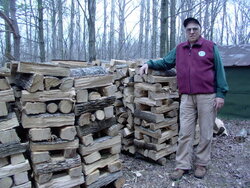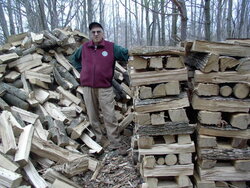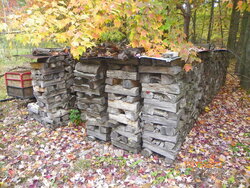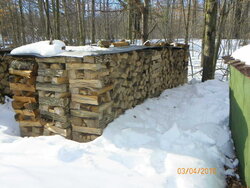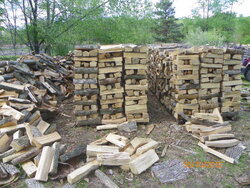Hi all , im hoping to have a wood boiler in action for next winter. Its an old school cast iron beast , that I will set outside and enclose.
I have about 14 acres of woods in upstate NY. I have no idea about what kinds of trees are here other than some pine that obvious. My questions are what kind of wood can I burn? How to season wood , do different woods take different times? what happens if I dont properly season? Does wood size/ split size matter? Probabaly just the basic newb questions. Sorry if these are stickied , Ive poked around and dint see it. If they are a link would be great , im not lazy , love to read. Thx a bunch!
I have about 14 acres of woods in upstate NY. I have no idea about what kinds of trees are here other than some pine that obvious. My questions are what kind of wood can I burn? How to season wood , do different woods take different times? what happens if I dont properly season? Does wood size/ split size matter? Probabaly just the basic newb questions. Sorry if these are stickied , Ive poked around and dint see it. If they are a link would be great , im not lazy , love to read. Thx a bunch!


